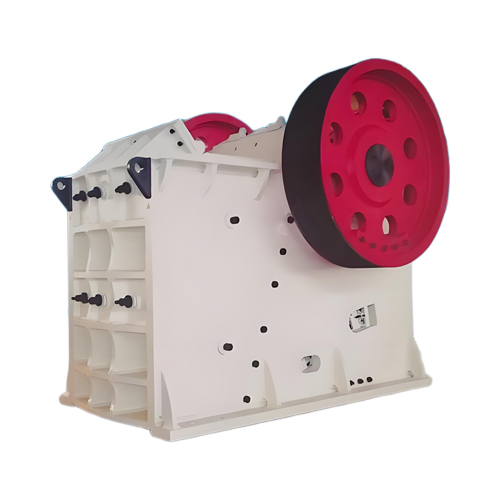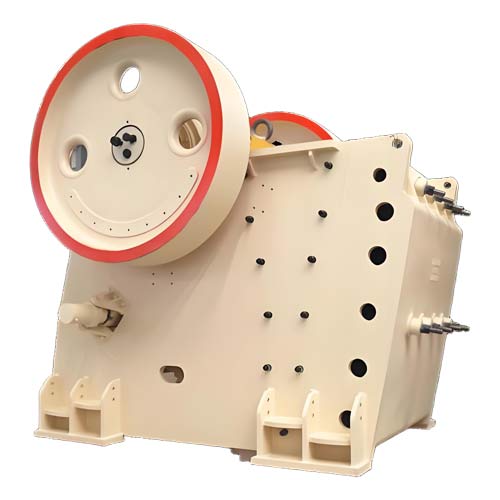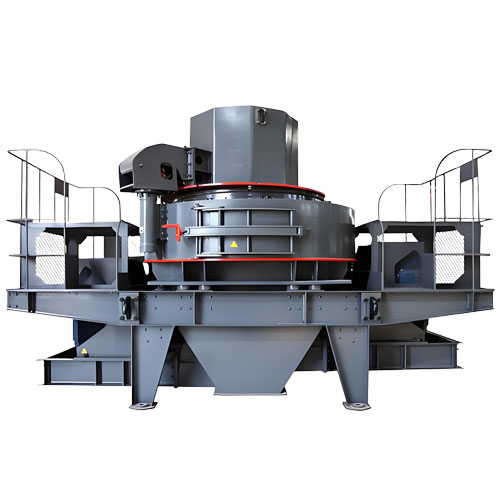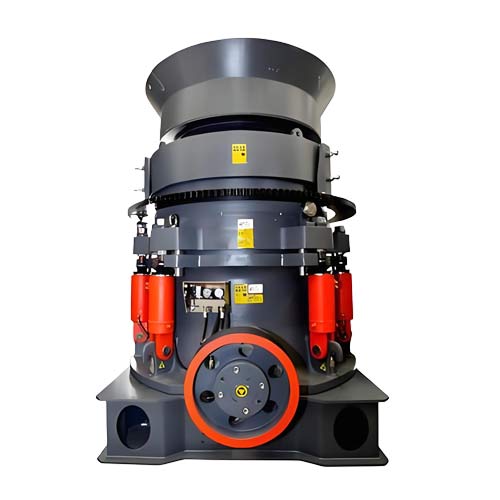The role and effect of humic acid in soil improvement and fertility improvement
Improve soil structure
○ Enhance the aggregate structure: Humic acid promotes the formation of microaggregates by absorbing cations such as calcium and magnesium in the soil, improves the soil aggregate structure, increases porosity, and improves soil aeration and water retention.
○ Reduce soil compaction: In heavy clay soils, humic acid can disperse clay particles and reduce compaction; in sandy soils, it increases the cohesion of soil particles through adsorption and improves fertilizer retention capacity.

● Adjust soil pH:
○ Humic acid has a certain buffering capacity and can adjust the pH value of acidic or alkaline soil to move it closer to neutral, creating a more suitable root environment for crops.
● Improve nutrient availability:
○ Chelated nutrients: Form chelates with trace elements such as iron, zinc, and copper to reduce nutrient fixation and improve plant absorption efficiency.
○ Activate soil nutrients: promote the release of insoluble phosphorus and potassium in the soil and increase the content of effective nutrients.
● Enhance organic matter content: Humic acid itself is an important component of organic matter. After application, it can directly increase the organic matter content of the soil and improve the durability of soil fertility.

Application effect case
● In the improvement of saline-alkali land, the application of humic acid can reduce soil bulk density by 5-10%, increase porosity by 8-15%, and increase crop emergence rate by more than 20%.
● In low-fertility soils, the use of humic acid in combination with chemical fertilizers can increase the utilization rate of phosphorus fertilizer by 10-20% and the utilization rate of potassium fertilizer by 5-15%.
Related Products
Inquiry
Please leave us your requirements, we will contact you soon.





